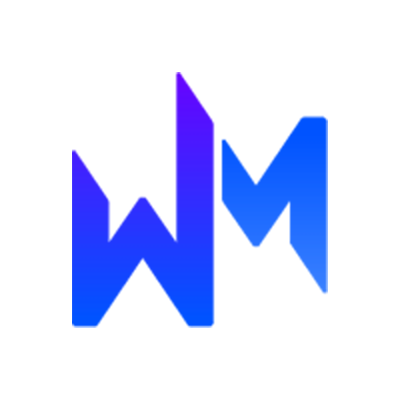Today's Top Frameworks in Focus

There will come a time when anyone and everyone (including kind but tech-inept parent-in-laws) will be able to design and develop actual, functional applications for the Web (and mobile devices, of course) with ease and, believe it or not, that time is rapidly approaching.
Some would even argue that digital day has already arrived. In many ways, they (the digerati) are not wrong: it is actually easier than ever before to create websites and mobile applications. For example, there is a long list of DIY website building solutions and the soon-to launch - and potentially disruptive - thegrid.io (a scalable digital design tool that leverages artificial intelligence and machine learning) promises to further accelerate and transform the Web experience for millions of aspiring Internet professionals.
Couple that with the many available solutions to help individuals and brands build mobile applications for iOS and Android devices and it is easy to understand how establishing a digital presence will never, ever be the same again.
In many ways, frameworks (both for the frontend and backend) are the digital precursors to this rather epic moment in the history of technology.
That time is not actually here yet, of course, so what's a Web worker to do in the meantime? Automate much of the behind-the-scenes coding and development with frameworks.
Frameworks are essentially just collections of files and documents that enable developers to build websites and mobile applications from scratch, and often much faster and without some of the complexity.
For those not interested in actually coding every conceivable element of an application (from grid design and CSS to animation and virtually everything in between) frameworks essentially provide a viable shortcut and they can prove very useful (although they do have detractors).
Let's take a look at a few of the most interesting frameworks available today and what they can provide both startup and established app developers alike.
Frontend Frameworks
Leveraged most often for prototyping, frontend frameworks are used in production environments to ease and simplify building websites and apps. Since most websites and apps share a similar structure (e.g. they are responsive, built on a fluid grid and have similar UI components), it desn't make a lot of sense to repeat the design and development process over and over again.
Frontend frameworks use common patterns and structures - removing or reducing much of the initial work that is involved like setting up custom templates or default browser styles.
Bootstrap (getbootstrap.com), arguably the most popular HTML5 framework today, is a powerful frontend framework that is proving ideal for designers and developers. Bootstrap (just like its many alternatives) includes all of the essential components for responsive websites (such as multi-column responsive grids, custom jQuery plugins and a rather intuitive customizer to help personalize designs). According to BuiltWith, 9.4 percent of the top 10,000 websites are using the Bootstrap framework.
There are, of course, plenty of perfectly viable alternatives including Skeleton (getskeleton.com), Gumby (gumbyframework.com) and Foundation (foundation.zurb.com).
Backend Frameworks
Whereas the frontend focuses on what end-users actually see, the backend is where the digital work is really done.
Essentially, the backend of a Web application is the enabler of the frontend experience, and the backend is responsible for the logic, the calculations and the interactions with the database and the performance. The code that is required runs on the server (as opposed to the client) so in order to make the backend work effectively, developers need to understand programming languages as well as optimal server architecture.
Operating on the backend code can be very complex of course. Developers build applications using server-side code such as PHP, Ruby, Python and .NET, which in turn connects to a database (using MySQL, SQL, Access, etc.) to view, save or change data and return it to the frontend.
Again, it's complicated to develop and manage these interactions but frameworks makes implementation somewhat easier.
So, what are the backend frameworks that enable them to ease this obvious complexity? Over the past few years, AngularJS, for example, has captured the attention of the development community. A JavaScript framework from Google, AngularJS (described as what HTML would have been if it were designed for building Web application) is a powerful toolset for application development that is fully extensible and highly supportive of other libraries. Starting with AngularJS, however, can be overwhelming for some.
Fortunately, a few frontend frameworks have been adapted to provide support. One of the most popular is Ionic. Offering a solid set of building blocks, each component in the Ionic framework is optimized for the mobile experience. The framework even offers the Ionic Creator, a drag-and-drop app builder which can make building apps even faster and easier.
Get to Framin'
While the need to master coding (on both the frontend and backend) is decreasing, the demand for quality websites and applications has not. Individuals and enterprises turning to frameworks to ease design and development are finding they are accelerating rapidly toward Web success.

Subscribe to Our Newsletter!
Latest in Marketing









